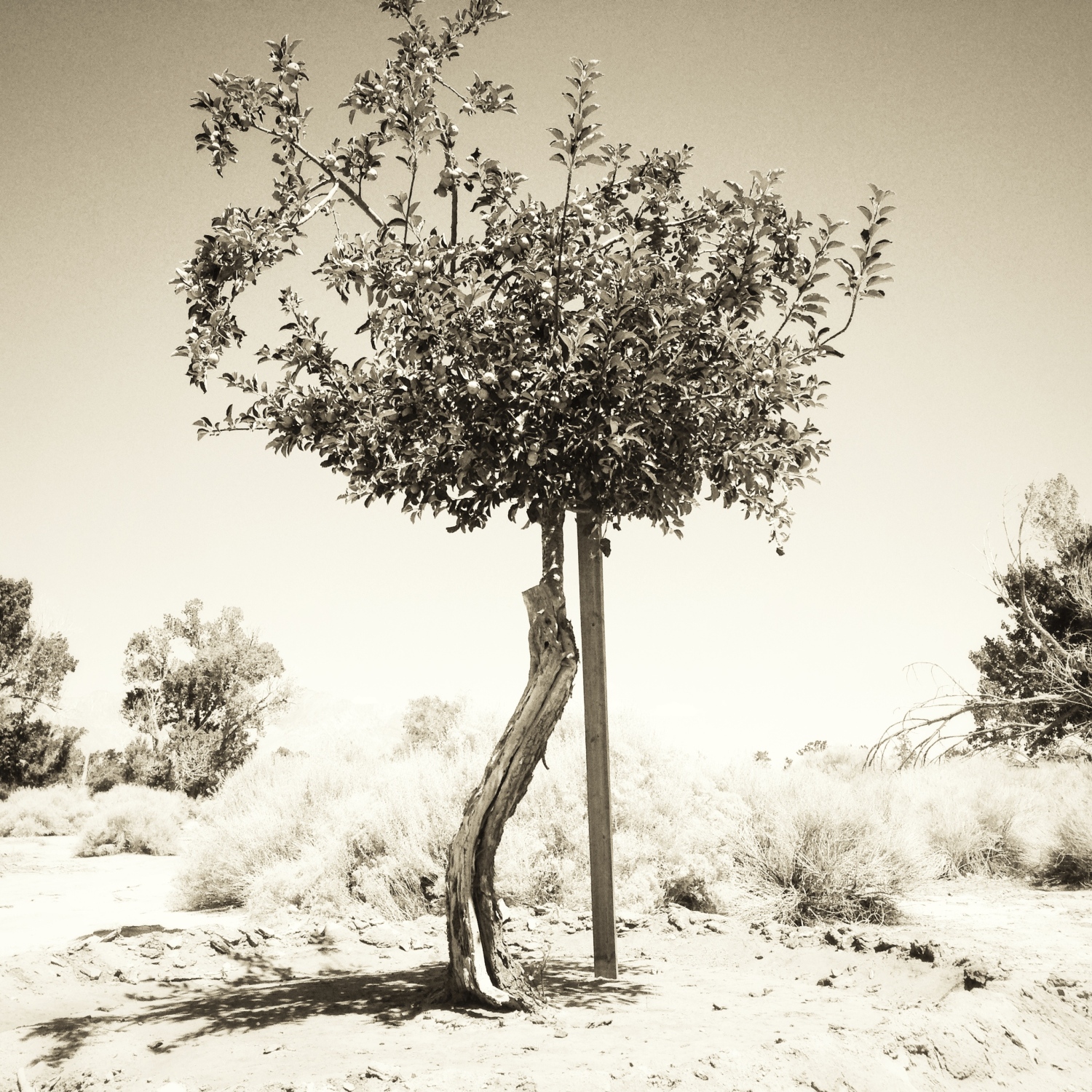About a week and a half ago, my husband and I decided to take a different route home from our visit to the Grand Canyon than the way we had gotten there. We had plenty of time and we prefer the scenic route to the fast route, so we literally took the road less traveled. Our two-day detour led us through Las Vegas, past the Hoover Dam and across Death Valley, then up the eastern side of the Sierra Nevada, crossing over to our home in the great Valley just south of Lake Tahoe.
We got to see things that neither of us had seen before, like the Hoover Dam, and he got to introduce me to a couple of places he had visited before with friends on a motorcycle trip. One of the places he introduced me to was Manzanar in the Owens Valley, in a part of Southern California that most people would certainly not recognize.
The Owens Valley is a high desert between even higher mountains, with a river running through it, but a desert nonetheless. In 1942, the U.S. government sent more than 10,000 Japanese Americans to live in crowded barracks hastily built (by detainees) in Manzanar, California. The last of them were released in November 1945, the buildings they lived in are now gone and the government has made apologies. A memorial site has been erected and museum buildings are being built now to share their story.
It was the things that have survived these past seventy years that astounded me. When we visited the site, my husband made sure to show me the gardens that these unfairly imprisoned people had built while they were there – rock gardens with cement pools and pumps for water features in the desert. I felt it was a fitting testament to the endurance and tenacity of humans under injustice. And then I saw the trees. I realized that these trees were also planted by those who were imprisoned all those years ago. In the desert. And they have survived.
Many of the surviving trees are acacia and cottonwoods, more durable trees that might be expected to survive in harsh desert conditions, but what truly amazed me were the fruit trees that survived. Trying to make the best of a bad situation, the Japanese Americans had planted orchards with fruit trees, which certainly required watering and care to survive and produce fruit. I’m not sure how many decades the trees managed without any help, but they survived, a metaphor for strength and resilience in the face of hardship.
So I photographed them. I didn’t really have a lot of time to spend and I didn’t capture very many, but the image of those trees in the desert stuck with me. And I can’t get over it. You’ll be seeing these trees for sure.
